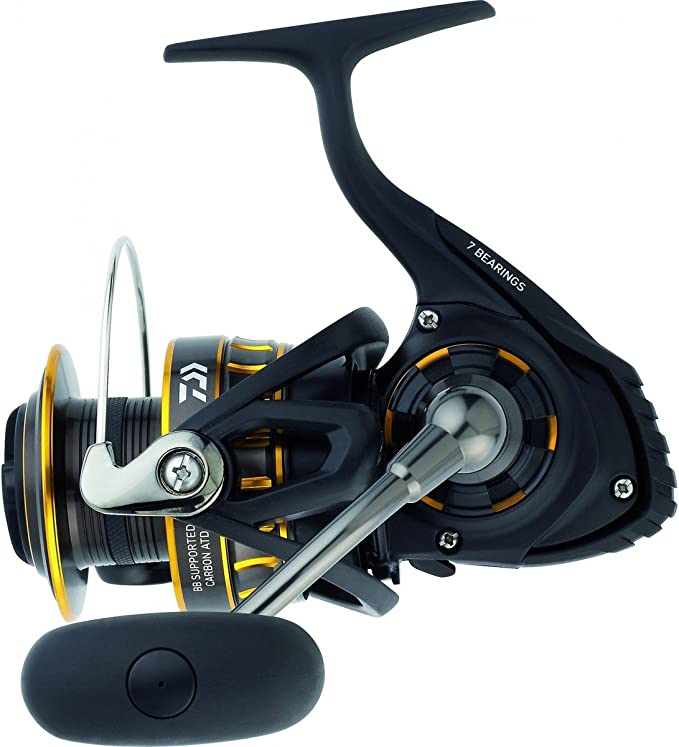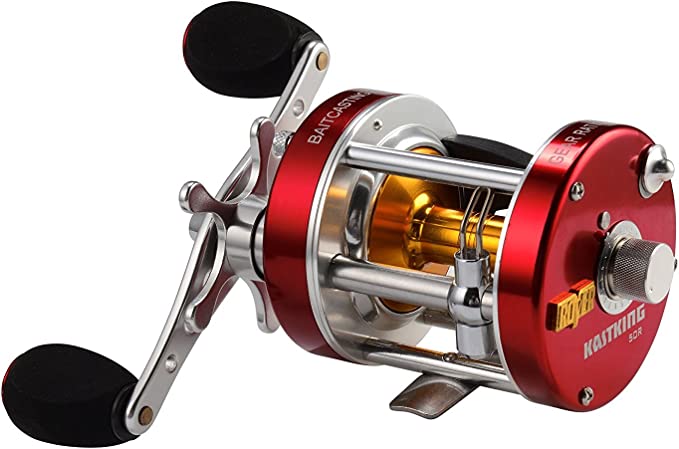The Engineering of Heat: Deconstructing Commercial-Grade Grilling in Residential Spaces
Update on Nov. 19, 2025, 6:14 p.m.
In the architectural hierarchy of a home, the kitchen has always been the heart. But in recent years, that heart has expanded outward, pushing past patio doors to become a fully realized culinary zone. When planning these spaces, the conversation often drifts toward aesthetics—stone veneers, granite countertops, and ambient lighting. Yet, the true anchor of any outdoor kitchen is not its look, but its engine: the thermal generator.
The transition from a standard backyard cart grill to a built-in, commercial-style unit represents a shift in philosophy. It is no longer just about lighting a fire; it is about managing energy. Devices like the Blaze 4 Burner (Prelude LBM Series) serve as excellent case studies in this transition, illustrating the engineering principles that separate casual cookouts from precision thermal application.

The Physics of Material: Why Weight Matters
In the world of thermal engineering, “heavy” is usually a synonym for “stable.” Mass is the enemy of fluctuation. When you encounter a grill constructed primarily from 304-grade stainless steel, you are looking at a deliberate choice in thermal inertia.
Cheaper alloys or thin-gauge metals heat up instantly but lose that heat just as fast when a cold steak hits the grates, or a gust of wind sweeps through the patio. Commercial-style residential units utilize the density of 304 stainless steel to create a heat sink. Once the temperature is achieved, the metal holds it. This stability is crucial for consistency, allowing for the even radiation required for slow roasting or the intense, sustained conduction needed for searing.
However, this high thermal conductivity comes with a trade-off that often surprises new owners of professional-grade gear. Because the entire chassis is built from a highly conductive material without the insulative barriers found in plastic-handled consumer appliances, the heat travels. The control panel and knobs can become hot to the touch during extended high-heat sessions. This is not necessarily a defect, but a physical characteristic of a unibody stainless steel heat engine. It requires a shift in user behavior—treating the grill with the same respect one would give a commercial oven in a restaurant kitchen.
The Science of Zone Separation
The “Four Burner” designation is often marketed as a capacity metric (i.e., “cook more burgers”), but from a culinary standpoint, it is a control metric. The true value of a multi-burner natural gas system lies in Zone Cooking.
Imagine the grill surface not as one large hot plate, but as four distinct micro-climates. High-performance units often employ heat zone separators—physical barriers between the burners. This engineering nuance prevents the heat from a “searing zone” (running at full BTU output) from bleeding into a “resting zone” (set to low or off).

For the chef, this unlocks the technique of “reverse searing” or “two-zone grilling” without the need for physical dividers or charcoal manipulation. You can maintain a chaotic, high-energy reaction on the left for crust formation, while preserving a gentle, convective flow on the right for bringing internal temperatures up slowly. The Blaze Prelude LBM exemplifies this capability, offering the granular control necessary to execute complex menus simultaneously.
Fluid Dynamics: The Breath of the Flame
The final component of the equation is the mixture itself. A natural gas (NG) connection offers the luxury of continuous fuel, eliminating the “tank swap anxiety” of propane. But the fuel is only half the story; oxygen is the catalyst.
The efficiency of combustion—and the cleanliness of the flavor profile—is dictated by the fuel-to-oxygen ratio. This is where adjustable air vents (often located on the burner tubes) play a critical role. * Lean Burn (Blue Flame): Optimal oxygen mix. High heat, clean combustion, zero residue. * Rich Burn (Yellow/Orange Flame): Oxygen starvation. Lower heat, soot production (carbon deposits), and potential “off” flavors.

Being able to tune this intake allows the user to compensate for altitude, wind patterns, or slight variations in gas pressure. It transforms the user from a passive operator to an active engineer of their cooking environment.
The Long-Term Investment Perspective
Building an outdoor kitchen is effectively adding a room to your house. The appliances chosen for these spaces face a far harsher existence than their indoor counterparts. They must endure thermal cycling (freezing winters to searing heat), UV radiation, and moisture.
While the initial cost of premium, commercial-style equipment is higher, the calculation should be based on cost-per-use over a decade. A welded, 304 stainless steel chassis is designed to be serviced, not replaced. Burners can be swapped, igniters updated, and grates cleaned, but the body remains. In this light, the grill ceases to be a disposable commodity and becomes a permanent fixture of the home’s infrastructure—a reliable conductor of fire for years to come.




















